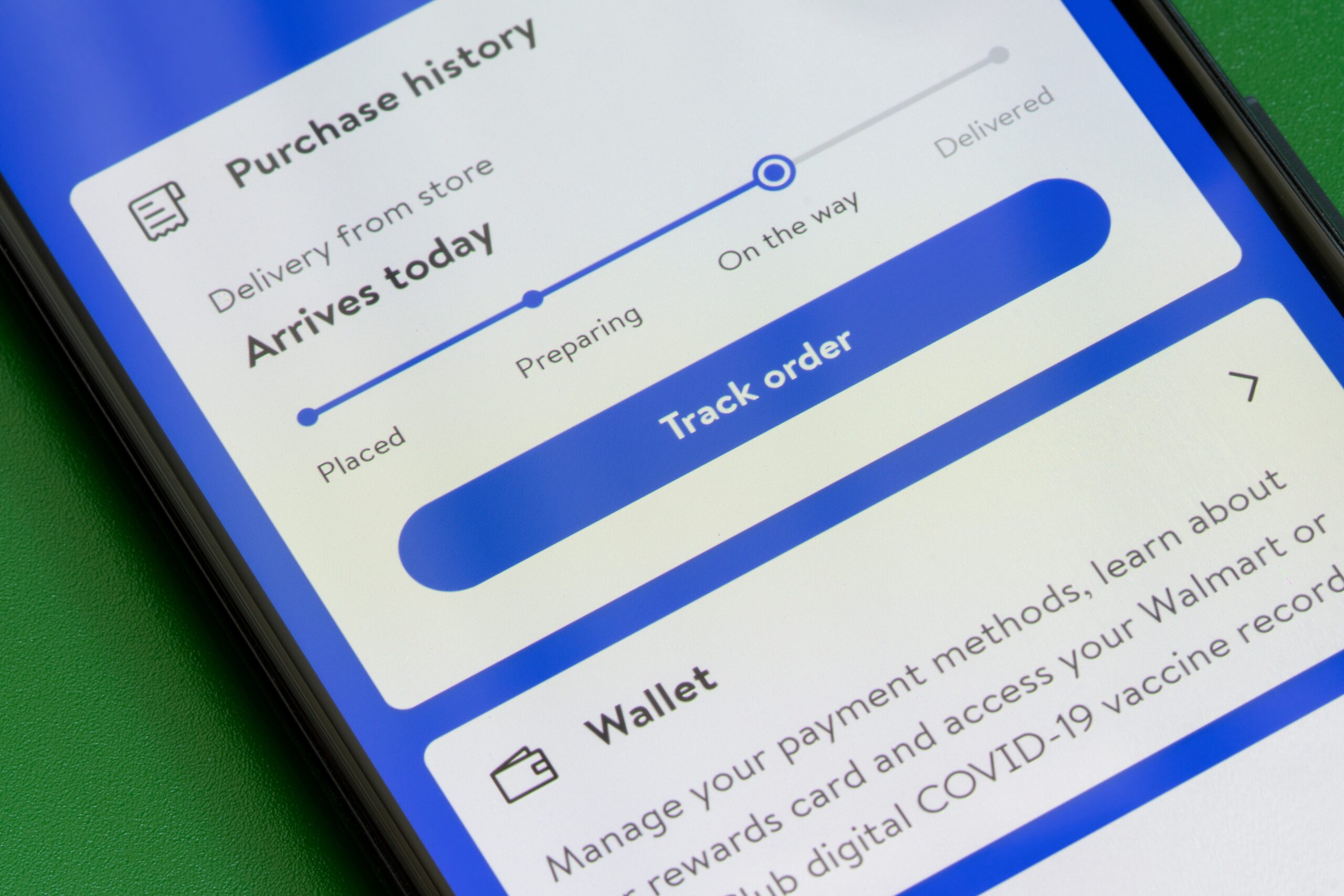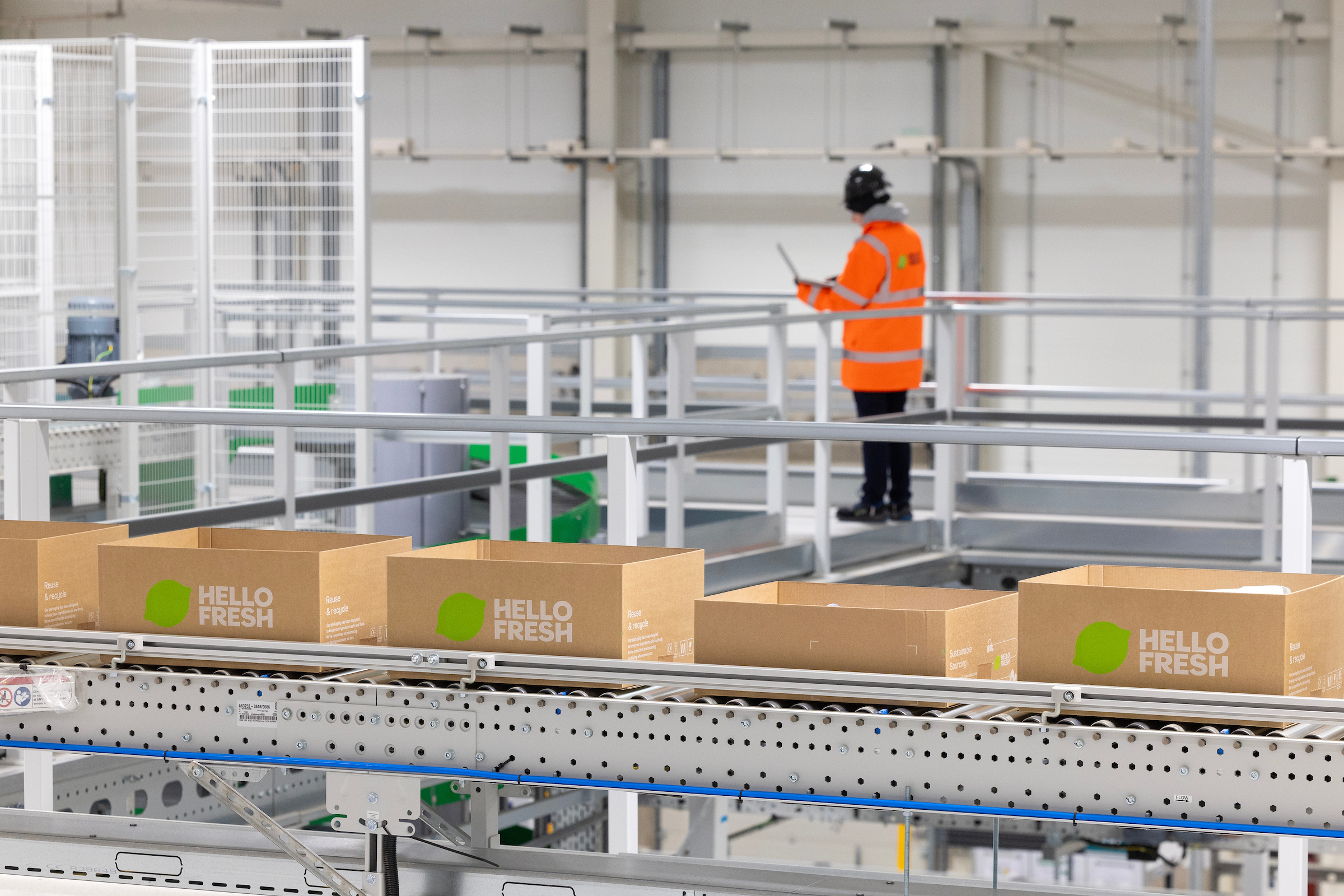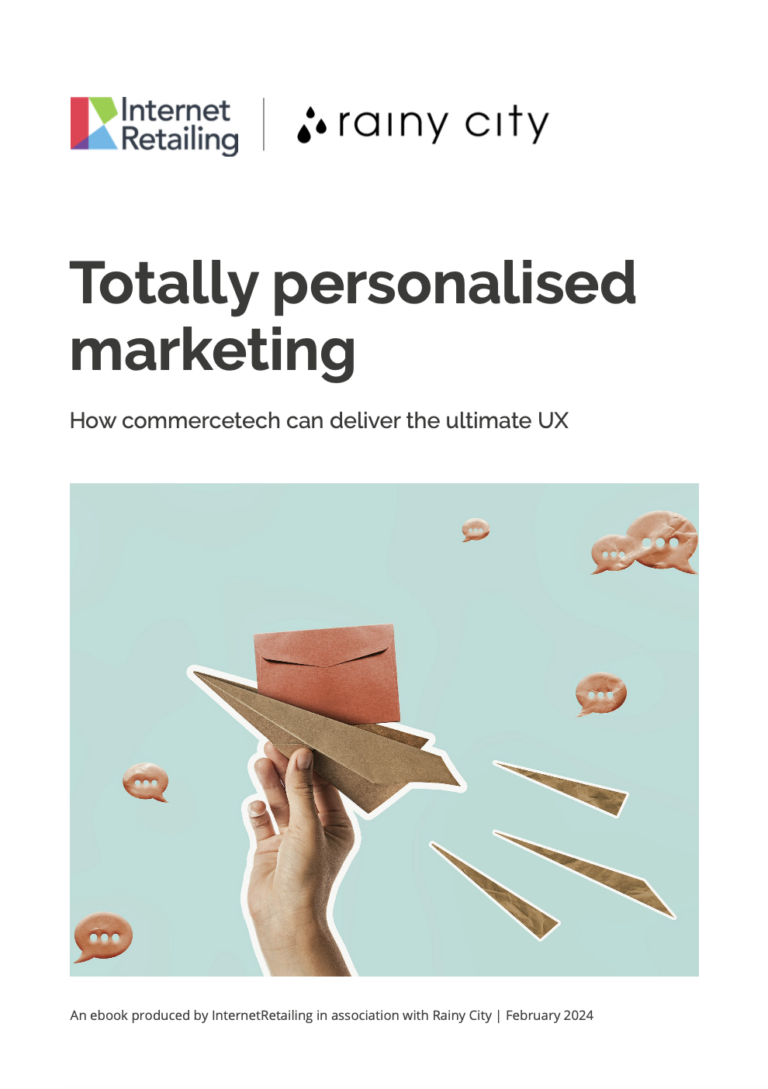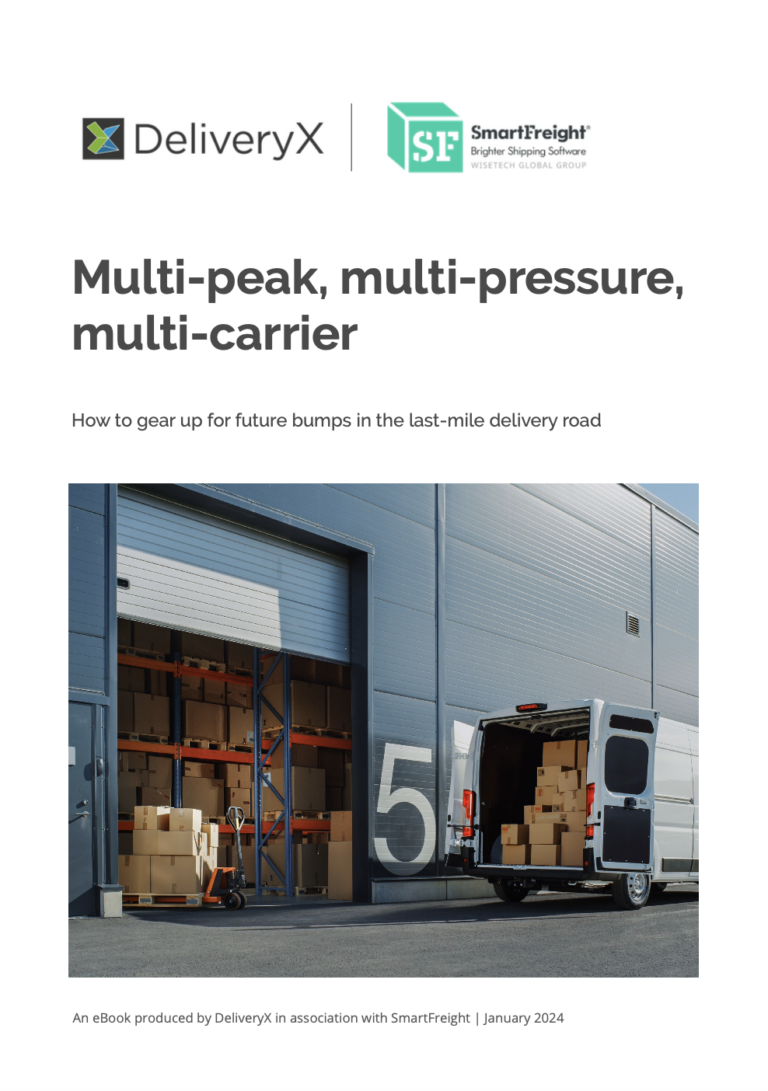London could see the number of lorries and vans – including those used for online deliveries – on its streets reduced by 10% at morning peak times by 2026, as part of work to reduce congestion and create a “more liveable” and sustainable city. Work in this area could include the pedestrianisation of Oxford Street and the movement of freight to rail and water instead of road.
These are among the aspirations put forward in the Mayor’s Transport Strategy, a draft of which is due to go before the London Assembly on Thursday (March 8).
Currently, says the document, lorries and vans account for about a fifth of London road traffic, and a third of traffic in central London during the morning peak. This is set to grow, along with the city, unless action is taken. This is down, in part, to demands from both business and residential customers for quicker and more flexible deliveries and services. At the same time, suggests the report, the rising value of land means logistics companies are being forced further out of time, while businesses are reducing storage space in their premises, resulting in longer trips and more frequent deliveries. Meanwhile a shortage of HGV drivers is likely to mean more deliveries are made by vans, rather than lorries. Already, says the document, there are four vans for every HGV.
The strategy envisages work between Transport for London (TfL), London boroughs, the freight industry, individual businesses and other parts of the supply chain, to improve the efficiency of last mile deliveries through active management of all aspects of freight and servicing. At the same time roads such as Oxford Street would be pedestrianised as part of a move towards zero emission zones and places. “Strong partnership working and the involvement of the whole supply chain will be essential to help make more efficient use of London’s street network,” said the report. Suggestions include moving more deliveries onto rail and water, while in the construction sector – responsible for more than a third of peak HGV trips and a quarter of van trips – there’s a move towards a network of consolidation centres that would be within a 30-minute drive of all areas of London. That’s an idea that has potential for adoption in retail as well.
“Major cities around the world are grappling with the same challenges we face in London,” said Mayor Sadiq Khan, in his foreword to the report. “This world-leading strategy sets out a bold approach to creating a more liveable city, which will focus London’s transport planning on the long-term needs of all Londoners.
“Doing this will be vital to making London a fairer, greener, healthier and more prosperous city. A city that is not only home to more people, but a better place to live. A city where transport is affordable, reliable and accessible for all Londoners. And a city where the best, easiest and most convenient transport choice will increasingly be the active travel choice.”
Commenting on the report, Bobby Shome, global business development director at Centiro, said: “The Mayor of London’s Transport Strategy is an encouraging first step towards securing a sustainable and more environmentally-friendly future for deliveries.
“If London is to have any chance of these meeting goals the Mayor has set out organisations from all parts of the industry – from retailers to delivery partners – must start working together in a more collaborative way. This approach could be extremely effective when it comes to deliveries, with more businesses working together, where appropriate, over the last mile to reduce the existing levels of delivery traffic, particularly during the morning peak.
“The key to making this happen in practice lies in the technology driving logistics and operations. Collaboration can be made possible by sharing accurate, timely information across a wider network, making it possible for retailers to pool their resources when it comes to delivering goods.”
Photo credits: Fotolia









